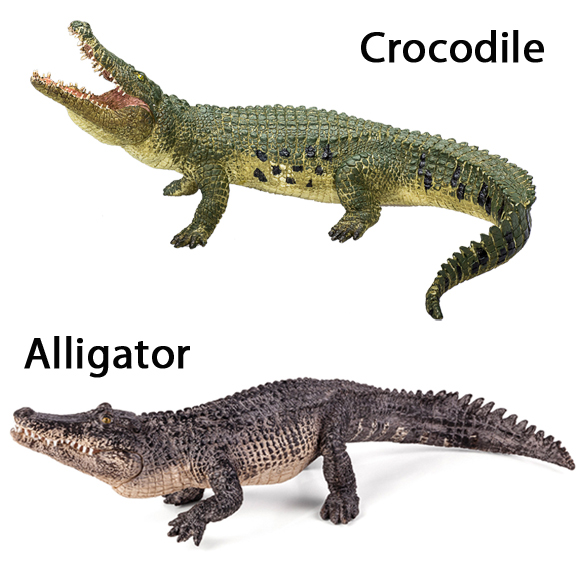Mugger Crocodiles Protecting Nests Blamed for Fatal Attacks
Indian media is reporting a third crocodile attack in as many weeks in and around the city of Vadodara in the state of Gujarat (north-western India). A sixty year old man was attacked close to the Vishwamitri river on Friday afternoon, despite desperate attempts from local residents and members of the fire brigade, the man was pronounced dead at the scene. The crocodile initially refused to relinquish the body, but persistent efforts finally succeeded in recovering the victim who has yet to be formally identified.
The Vishwamitri River
The Vishwamitri river runs through the city of Vadodara and recent surveys suggest that there is a healthy population of Mugger crocodiles (Crocodylus palustris) living in the river. The Mugger or Marsh crocodile is the most common crocodile species found in India and although these reptiles predominately eat fish, snakes, turtles and small mammals, they have been known to attack people and livestock. However, the spate of recent crocodile attacks has led city officials to issue notices and warnings with regards to the potential threat of an attack.
An elderly woman was killed by a crocodile three weeks ago, when she was seized close to a lock near the village of Savli. A teenage boy was killed on April 20th when he fell into the Vishwamitri when trying to cross the river on a wooden plank.
Crocodile Attacks
The Mugger crocodile can grow up to around 4.5 metres in length, with adult males growing to larger sizes than females. They are distributed throughout the Indian sub-continent and can be found in Sri Lanka, Bangladesh, Nepal, Pakistan with a small population reported from southern Iran. The recent spate of attacks has been blamed on female crocodiles being extra aggressive at this time of year (spring). Many female crocodiles might be guarding nests and as a result, they will instinctively attack any creature that wanders too near the eggs. Animal activists and conservation groups have urged local people to avoid areas where crocodiles are known to nest, not to venture close to the riverbanks and not to go out at night near bodies of freshwater.
A recent study of Mugger crocodiles and American alligators (Alligator mississippiensis) by an international team of scientists proved the long held belief that these species use tools to help attract prey close enough for them to grab in their powerful jaws. These two species of crocodylians are not closely related but both the American alligator and the Mugger find sticks and balance them on the top of their jaws in a bid to lure birds to perch on them and to steal the sticks during the nesting season when many wading birds are seeking sticks and other materials to help them build nests.
A paper on this observed behaviour was published in the academic journal “Ethology Ecology and Evolution”.
This is the only known incidence of tool use in the Reptilia.
Boy from Zimbabwe Attacked by Nile Crocodile
A twelve year old boy from Zimbabwe was killed by a Nile crocodile (Crocodylus niloticus) on April 22nd and earlier this month a fisherman was mauled to death in Belize with an American crocodile (Crocodylus acutus) blamed for the assault. A Nile crocodile which is believed to have been responsible for the deaths of at least six people was captured by Ugandan game wardens. The crocodile measured nearly six metres in length and is estimated to have been at least eighty years old.
The Differene Between Crocodiles and Alligators
We are grateful to Brandon who pointed out that the attack reported in Belize was not from an American Crocodile but from a Morelet’s crocodile (Mexican crocodile). We thank him for the correction.







The fatal attack in Belize was actually caused by a Morelet’s crocodile (Crocodylus moreletii) of approximately 11 feet in length (much of it’s tail was missing, so an exact length could not be obtained).
Thanks for the correction, greatly appreciated.